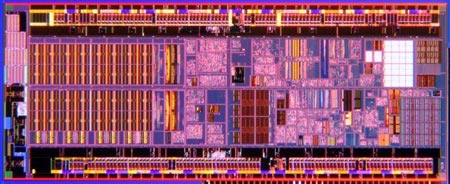Intel's Ultra-Portable Atom: Unveiled
Our Thoughts

![]()
Our Thoughts
What Does the Future Hold in Store?
Alright, so we’ve already peppered this first-look with a few of our initial reactions. But as we wrapped up our conversation with two of the great minds behind Intel’s developing MID initiative, we were presented with a couple of examples why the company’s current approach makes so much sense. We mentioned one at the beginning of this piece - Adobe’s 160 versions of Flash, which are needed to support the many permutations of incompatible hardware and software. The second is Skype. Sony added the software to its PSP, but that port didn’t work for the Sony Mylo Personal Communicator, necessitating another development effort. Nokia ported Skype for its 810. Of course, it doesn’t work on the N95.
|
|
The beauty of Atom, at least in theory, is that its x86 compatibility means the architecture works with the software already available for Windows or Linux. In other words, hitting YouTube on a Centrino Atom MID won’t limit you to the videos encoded in H.264.
That’s not to say loading bloated x86 binaries on Centrino Atom devices will be the best route to take. We already know that the in-order execution engine and simplified scheduler, used to keep Atom’s power levels down, benefit from software optimization. So it’ll be interesting to see how existing apps are tweaked for performance on an ultra-mobile platform. Clearly, Intel is trying to help ease that transition through the Moblin project.
Certainly, the hardware sounds good, the software side is coming together, and Intel’s efforts in unifying a fragmented market full of incompatibility will be well-received. Will enthusiasts jump at the chance to add another digital device to their pockets? Perhaps not in the numbers Intel would like to see. But we’re still convinced this is a precursor to something bigger. Intel says it wants to put the Internet in your pocket. That will happen when it ties in the functionality of the phone you’re already toting. It’s just amazing that, eight years after the Pentium 4 first surfaced, we’re watching Intel packing a more complex processor into a package nearly one tenth of the size.







